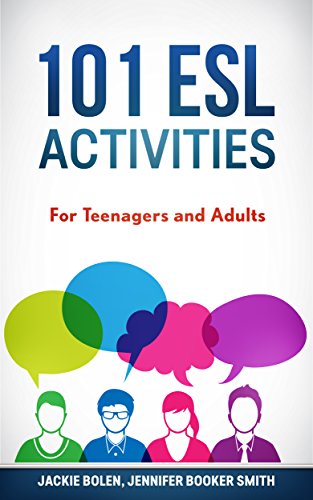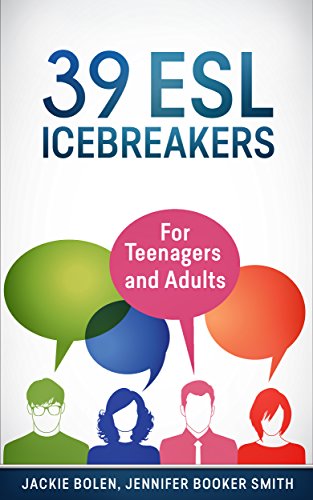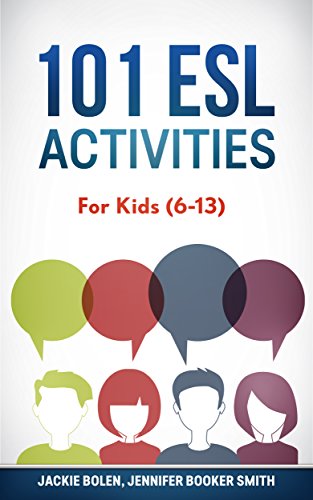
If you’re looking for some of the best daily routines activities and games for ESL, then you’re in the right place. We have the best ESL daily routine speaking activities, along with lesson plans, worksheets and more. Keep on reading for all the details you need to know about ESL daily schedule activities.

ESL daily routine activities
Find out more about everything daily routine ESL.
Let’s get into the best daily schedules ESL activities.
If you teach beginners, then consider trying out this fun and engaging vocab activity. The way it works is that you can write a bunch of words or phrases related to daily routines on the whiteboard. For example:
Then, divide the class up into two teams and each team sends up one player to the whiteboard. They grab a flyswatter and then teacher gives a hint about one of the phrases. The first student to slap a correct answer gets a point for their team. Replace it with something new and other students get a chance to play.
Sounds like something you want to try with your students? Find out everything you need to know about it here:
Another situation in which this game works really well is with imperatives. Fill the board with commands such as sit down, brush your teeth, run faster, don’t take a penalty, etc. Then, give a scenario (coach talking to hockey player) and students have to slap the correct imperative.
Please enable JavaScript
Just ask my students and they’ll tell you how much I love to do surveys in my classes. A great topic for this is the things that students regularly do.
Want to know how to make your own survey quickly and easily? All the details can be found here:
It’s possible to extend the activity into reported speech practice by having students tell a partner or the class some things they learned from talking to their classmates. More ideas here: Reported speech games.
If you teach more advanced learners, then you’ll want to try out Dictogloss. It’s heavy on the listening and then students can respond either by speaking or writing. In this case, you’ll want to find a passage (or write your own) of someone talking about their daily routine.
Find out all the details about this listening activity here:
There are a number of English idioms to describe daily routines. Here are just a few of them:
An interesting way to make idioms more memorable is to do this drawing activity. Find out everything you need to know about it here:
If you teach children, songs and chants are some ESL teaching gold. The good news is that there are lots on YouTube for just about topic. Have a look and you’ll definitely be able to find something that’ll work for your students.
In most textbooks on the unit about daily schedules or routines, there will be an “interview a partner” kind of activity. These are generally fine to use, of course, but to spice things up a little bit, I like to turn it into something a bit more exciting by doing an activity like this one.
Want to see for yourself? Head over to this article:
Please enable JavaScript
This is a quite warmer or review activity. Write down four words or phrases and students have to choose which one doesn’t fit. For example:
Students may say that doing homework is the one that doesn’t fit because the other ones are fun while that one isn’t. Of course, many answers are possible as long as students support the one they choose. Check it out:

Unless your students are absolute beginners, it’s quite likely that they’ve learned about daily routines before. If this is the case, doing something like this mind-mapping activity can be quite helpful for helping students activate their prior knowledge they may have about a topic. This can make new things more memorable.
Find out everything you need to know about this activity here:
If I’m teaching writing, I love to have my students talk about their daily lives. One great topic is what their typical day looks like, starting from when they wake up to when they go to school.
To start journaling with your students, have a look at my advice here:
A nice way to teach students about daily routines is through a listening lesson. Find a conversation between two people about what their typical days look like. Or, somebody doing something similar (it could even be you). Then, plan a whole lesson around that. The steps to follow are here:
Please enable JavaScript
If you’re teaching students some new vocabulary words related to daily schedules, then try out this challenging memory game. Put words or phrases on one card and then a corresponding picture on the other. Students then play a memory game in small groups.
Try out this challenging game for new vocabulary with your students. All the details here:
An easy way to review this topic is to have students do a dictation. Find or write a passage related to someone’s daily schedule. Then, say it slowly, a few words at a time and students have to write down what they hear. It’s an ideal way to review spelling and punctuation as well as new vocabulary words.
Want to know more? Check this out:

If you teach kids, then you’ll definitely want to try out this fun activity. There are a number of ways you can do it, but here are just a few ideas
Find out everything you need to know here:
Please enable JavaScript
A simple listening and speaking activity is this one. Students take turns saying a true statement about something they do in the day and roughly when they do it. If other students are similar, they say, “Me too!” and then stand up. Continue until everyone has made a statement.
A nice way to introduce this topic is through a reading lesson. It’s super simple to plan your own! Find out how right here:
Please enable JavaScript
A nice way to review just about anything is to use this simple activity. Make up some sentences related to the topic of the day and then scramble them up in order. Students have to work together in pairs to make correct sentences.
Find out all the ins and outs of it here:

ESL daily schedule activities
For some more ideas to help students get to know each other, check out some of these:
A nice option for teaching daily routines to English learners is to have students line up in order, according to what time they woke up that day, or went to sleep the previous day. There are lots of other options here:
Create flashcards with pictures depicting different daily activities (e.g., waking up, brushing teeth, eating breakfast). Show the flashcards to the students and have them practice saying the corresponding activity.
Provide students with a set of picture cards representing various daily activities. Ask them to arrange the cards in the correct order to create a story of a typical daily routine. They can then share and describe their stories with the class.
Create bingo cards with different daily routine activities in the squares. Call out descriptions of activities or show picture cards, and students mark off the corresponding activity on their bingo cards. The first person to get a line or a full card shouts “Bingo!”
Ask students to imagine that they are creating a time capsule to represent their current daily routines. They can write or draw pictures of their daily activities on a piece of paper and seal it in an envelope or container. Encourage them to use time-related vocabulary and phrases in their descriptions.
Design a board game where students move their game pieces around the board by answering questions or completing sentences related to daily routines. For example, they might have to fill in the blank with the correct verb or describe an activity using adverbs of frequency.
If you’re a teacher then I’m sure you like to save time when planning lessons, right? One of the best ways to do this is to use worksheets that other teachers have already made! Here are a few of my top recommendations for daily schedules ESL worksheets:
Another huge way to save some time is to use daily routine lesson plans. It’s super easy to just print them off and go. Here are a few of the best ones to check out:

Daily routine ESL

Yes? Thought so. Then you’re going to love this book over on Amazon: 101 ESL Activities for Kids. The key to better English classes with children is a wide variety of interesting and engaging activities and games and this book will help you do that in style. There’s enough material to make it through an entire semester without having to repeat any of them.
You can easily get the book in both digital and print formats. Keep a copy on the bookshelf in your office to use as a handy reference guide. Or, take the e-version with you to your favourite coffee shop for some serious lesson planning on the go. Whatever the case, it’s some serious ESL teaching awesome.
Head over to Amazon to find out more details about the book today:

There are a number of common questions that people have about this topic. Here are the answers to some of the most popular ones.
Vocabulary related to time (e.g., morning, afternoon), activities (e.g., wake up, eat breakfast), and adverbs of frequency (e.g., always, sometimes) can be taught when focusing on daily routines in ESL.
With beginners, you can start by using visuals such as flashcards or real objects to teach basic vocabulary related to daily routines. Focus on commonly used activities and introduce simple sentences or phrases to describe them.
You can make daily routines engaging for ESL learners by incorporating interactive activities such as role plays, games, and multimedia resources. Providing opportunities for personalization and group discussions can also enhance engagement.
Assess students’ understanding of daily routines in ESL by observing their participation in class activities, conducting oral or written quizzes, assigning worksheets or exercises, or having them create projects or presentations about their own routines.
Some effective teaching strategies for introducing daily routines in ESL include using visual aids, providing authentic materials (e.g., schedules, real-life examples), employing hands-on activities, and incorporating real or virtual field trips to explore different routines.
To connect daily routines to students’ lives and experiences in ESL lessons, encourage them to share and discuss their own routines, compare and contrast with classmates, and relate the learned vocabulary and phrases to their daily lives.
You can help ESL students expand their vocabulary related to daily routines by introducing synonyms or alternative phrases, providing word banks or vocabulary lists, and encouraging them to read and explore texts about daily routines.
Authentic resources for teaching about daily routines in ESL can include authentic texts (such as newspaper articles or online blogs), videos or podcasts featuring people discussing their routines, or real-life materials like schedules or timetables.
Try out this fun online quiz: